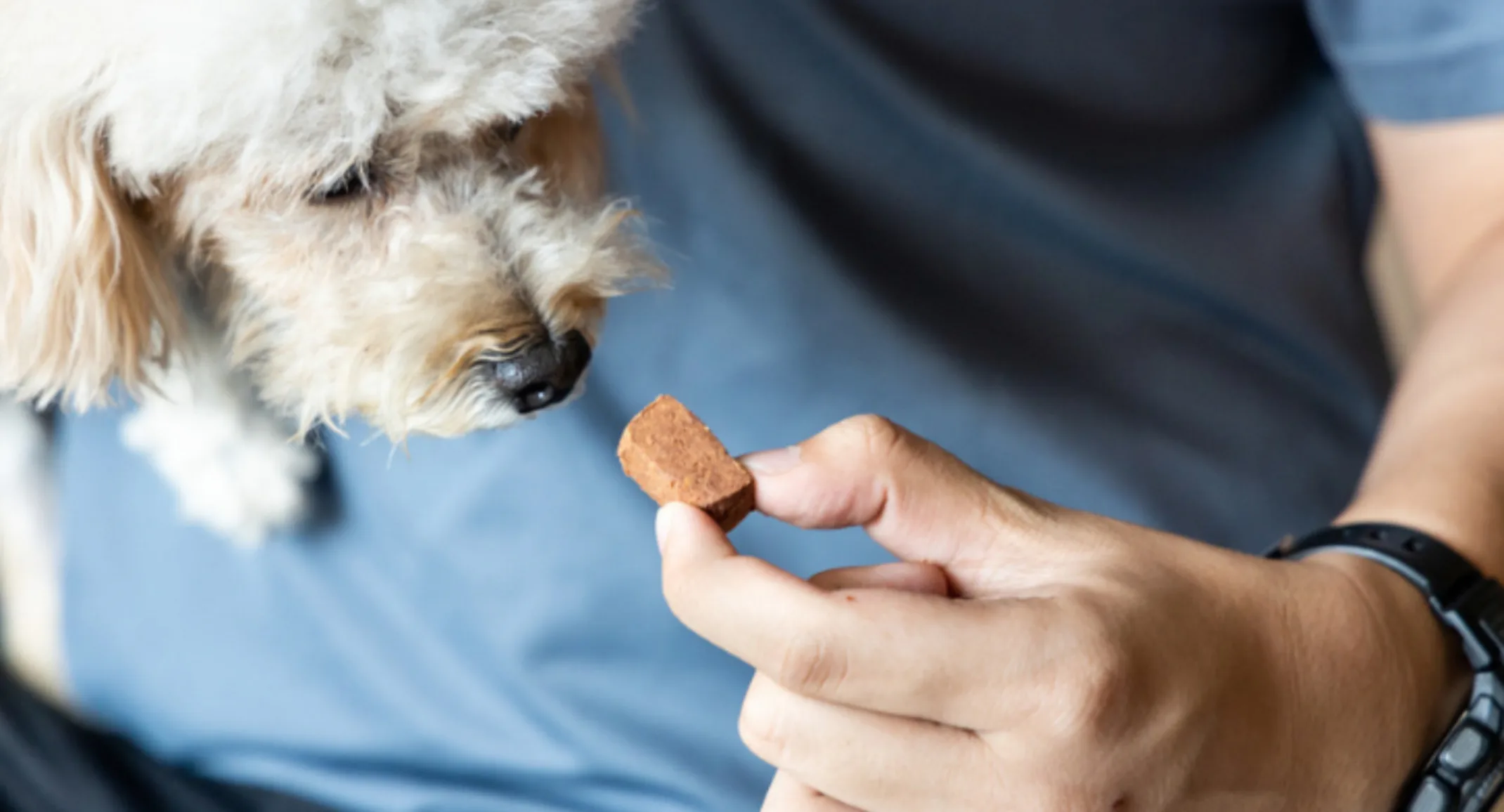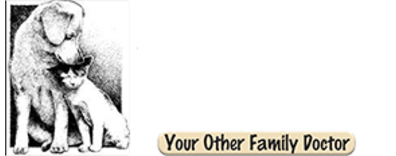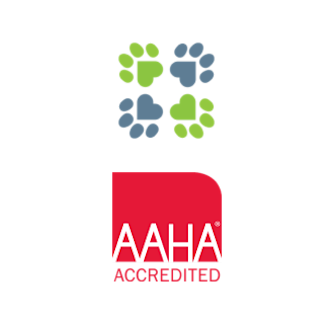How to Stop a Puppy From Chewing the Wrong Things
Dogs

Chewing is also very common during puppy teething, which usually starts at around 12 weeks of age. Even adult dogs are naturally predisposed to chew, and gnawing on things such as bones can help keep their teeth and gums healthy. The difference is that adult dogs are usually aware of what they are and aren’t allowed to chew on and are generally pretty good at following the rules! In some instances, dogs will display chewing behavior as a result of some other, usually psychological, problem. Reasons that adult dogs sometimes chew include:
Boredom
Fear
Attention-seeking
Separation anxiety
If you have an adult dog who is excessively chewing then consult with your veterinarian who may be able to advise you on ways in which you can help your canine friend. You can’t and shouldn’t stop a puppy from chewing, but you can teach him to choose a rubber toy or bone over your favorite pair of slippers!
Step 1 – Remove Temptation
Chewing is a natural instinct for your canine pets so if they are surrounded by tempting chewy possibilities it is hard to blame them for taking advantage. The first thing you should do is get down to your dog’s level and look around you. What items are within reach that you don’t want to be chewed? Take responsibility for keeping your own items safe. Removing them removes some of the temptations and will ultimately save you from stress later on.
Step 2 - Provide toys that can be chewed
The easiest way of teaching a puppy acceptable chewing behavior is to replace things that he shouldn’t be chewing on with things that he can. Make sure you choose to chew toys that don’t represent other household objects (for example shoes) as your puppy may struggle to differentiate between which ones he is allowed to chew and which ones he isn’t. Also try and choose strong, hardy toys that won’t break up into small, hazardous pieces.
Step 3 – Redirect chewing bad things and praise good chewing choices
You should never punish a puppy for chewing the wrong thing. You also shouldn’t try and pull something that he shouldn’t be chewing directly from his mouth as this could ignite his prey drive and make him more inclined to fight for the item that he isn’t allowed to chew. Instead, if he is chewing something he shouldn’t use a command such as ‘drop it’ or ‘leave it’ and then offer him something that he is allowed to chew. If he tries to go back to the original off-limits item then keep offering him the chew toy until you have distracted him. Once his attention is diverted and you are sure you can remove the off-limits item without attracting his attention then do so. Then praise him for chewing the correct item.
Step 4 – Rinse and Repeat
Consistently replacing off-limits items with acceptable chew toys reinforces the training and eventually, your puppy will get into the habit of selecting the correct items to chew on.
Step 5 – Give your puppy plenty of exercise and mental stimulation
Boredom is one of the primary causes of chewing that extends beyond puppyhood. As well as training your puppy on what he can and can’t chew, you should ensure that you give him plenty of exercise and mental stimulation.

